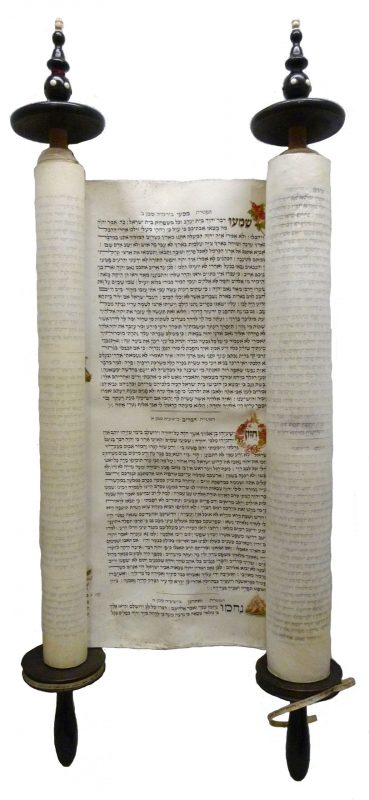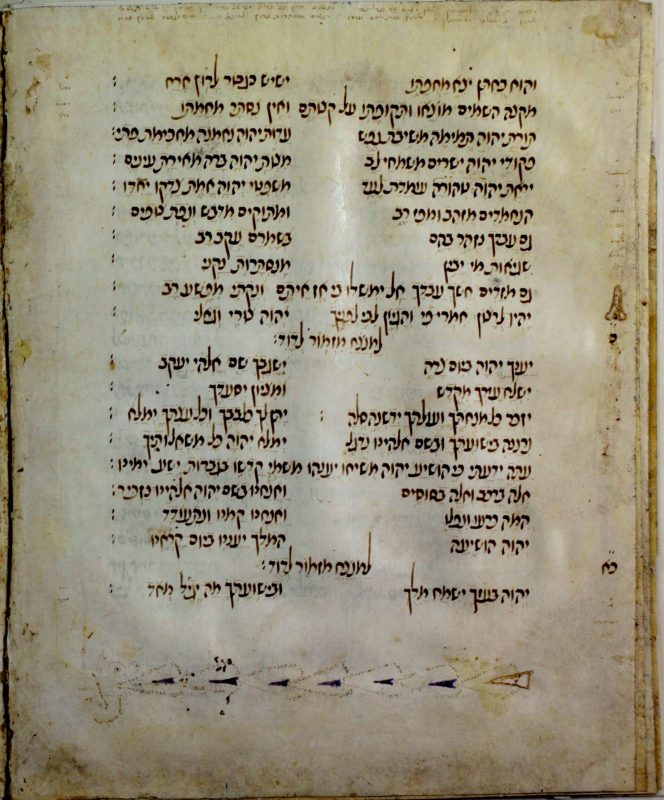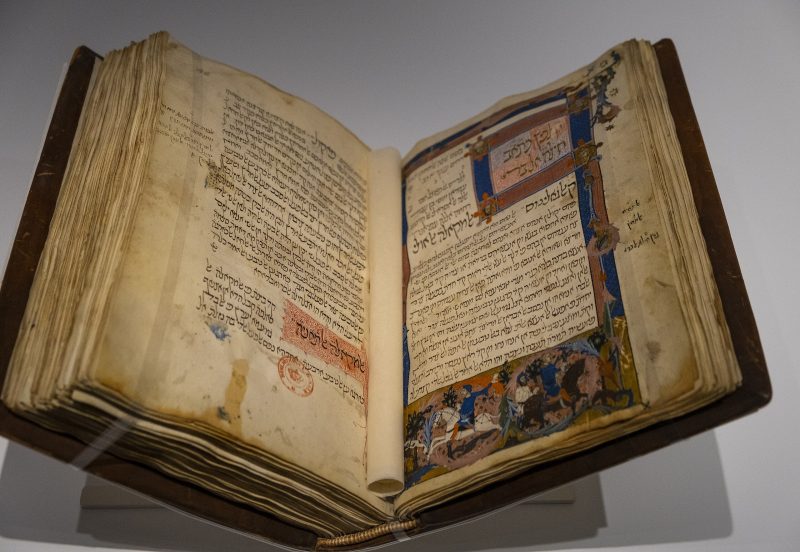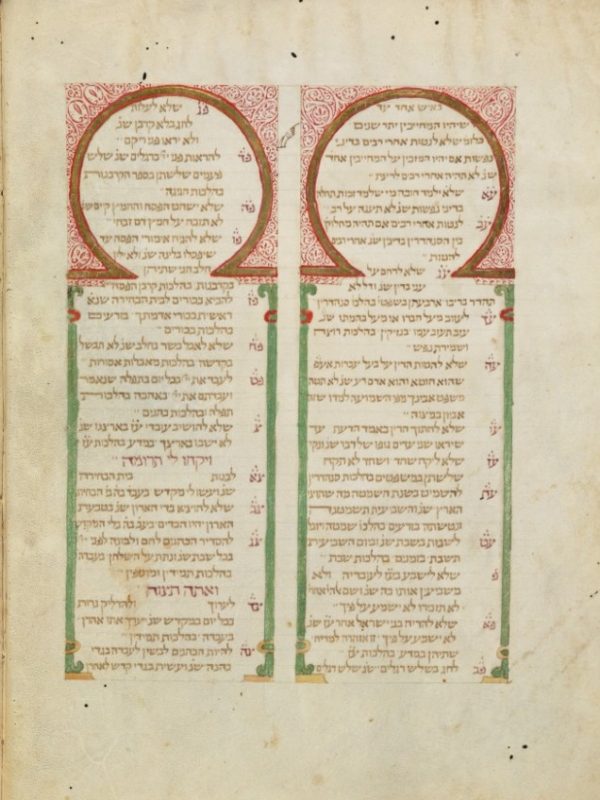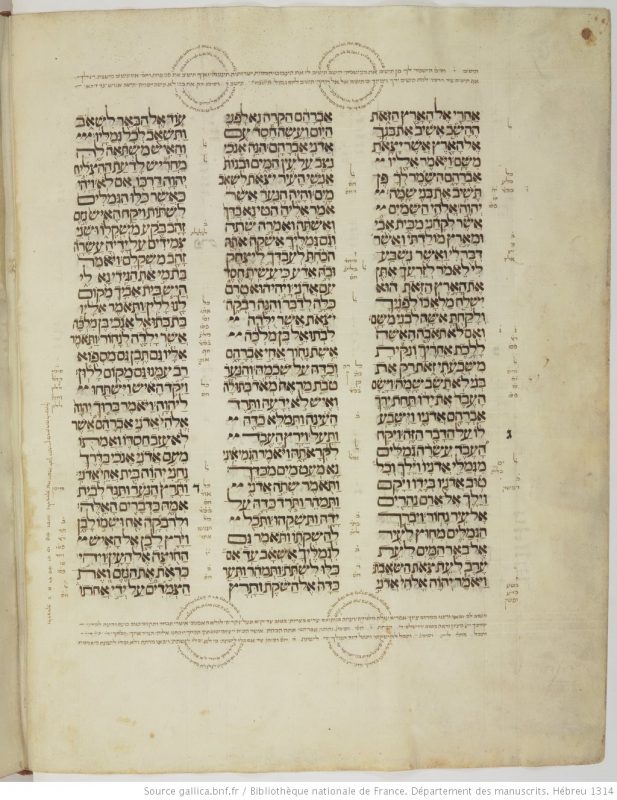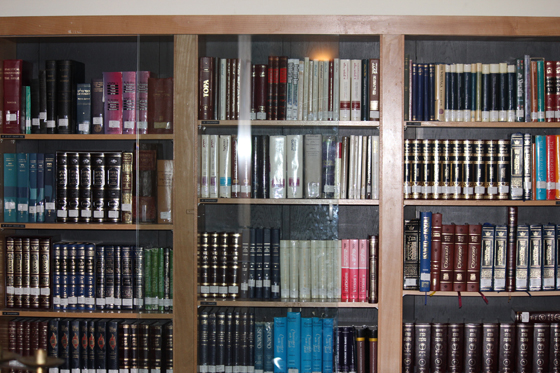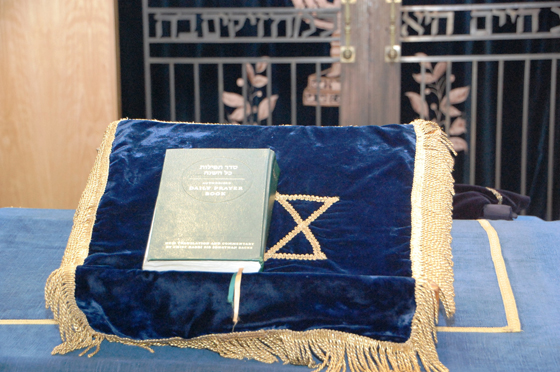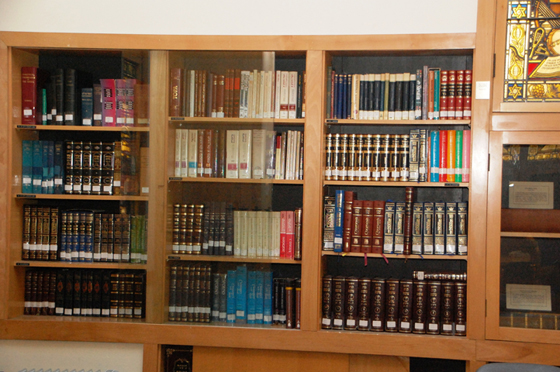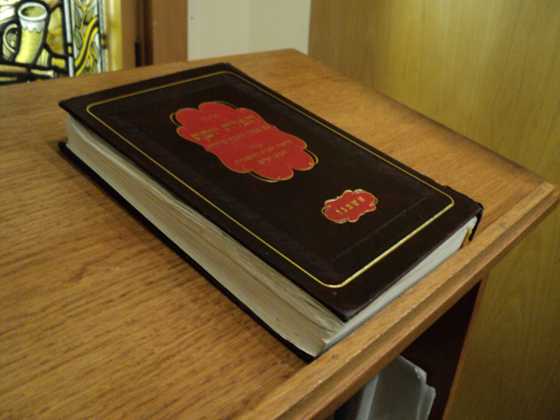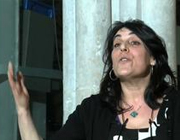
The Talmud (literally ‘study’ or ‘learning’) is a collection of texts. These texts cover Jewish law, tradition, ethics, and customs.
The Talmud has two parts, the Mishnah and the Gemara. The Mishnah is a case book of law based on Oral Torah. It was written down about 200 CE.
After the Mishnah was written down, rabbis in the land of Israel and Babylonia began to study it. They tried to extract legal principles, identify any differences from Scripture, and relate statements found in the Mishnah to traditions that were left out. Each group gathered their learnings into two big collections between 300 to 500 CE. Each of those collections of rabbinic discussions and writings make up Gemara.
There are therefore two Talmud. One is the Yerushalmi Talmud, which includes the Mishnah and writings from the rabbis in the land of Israel. The other is the Babylonian Talmud, which includes the Mishnah and writings from the rabbis in Babylonia. The Babylonian Talmud was edited after the Yerushalmi Talmud. It is more widely known and considered more authoritative.
For many years after these were written, rabbis continued to produce commentaries on the Talmud. The Talmud is very complex. It is therefore studied, not read.
Today, studying Talmud is at the heart of much formal Jewish education. For many Jews, the Talmud is a kind of moral compass and shapes their everyday lives.
Text adapted from Simple English Wikipedia, Creative Commons Attribution-ShareAlike License 4.0.

